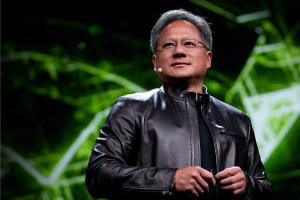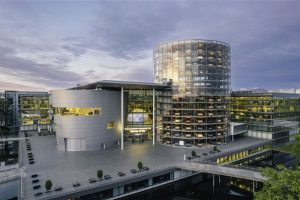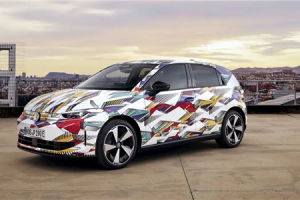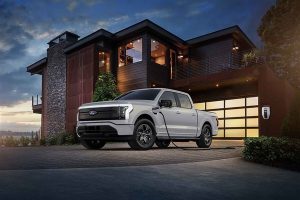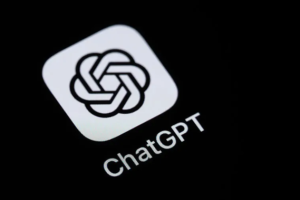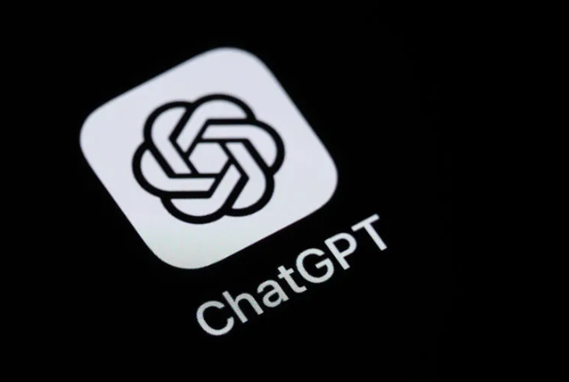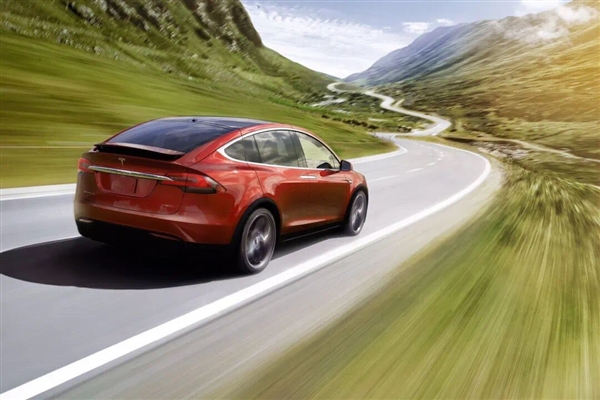October 28, 2025 – Tesla’s humanoid robot, Optimus, has recently made a splash in an unexpected setting—far from the company’s manufacturing plants. Instead of assembling cars, Optimus took center stage in New York City’s Times Square during Halloween, handing out candy to passersby.
This public appearance wasn’t Optimus’s first foray into the service industry. The robot has already been “employed” in several roles through Tesla’s initiatives. Last year, during Tesla’s “We, Robot” event, where the Cybercab and Robovan were unveiled, Optimus served drinks to attendees. The robot also worked at Tesla Diner in Los Angeles, distributing popcorn and greeting customers.

Designed to be versatile, Optimus is expected to benefit both home users and businesses. In domestic settings, it’s envisioned as a household assistant, tackling tedious and repetitive chores. Commercially, Optimus is programmed to handle a wide range of tasks, from manufacturing to factory operations. Tesla has already deployed the robot in its own facilities for minor jobs.
At Tesla’s third-quarter earnings call, CEO Elon Musk shared updates on Optimus’s development. “We’re on the verge of something truly extraordinary—I believe Optimus could become the most significant product ever,” Musk declared. He emphasized Tesla’s unique position as not only one of America’s largest automakers but also the only company deeply invested in artificial intelligence and robotics.
“I’m not aware of any meaningful robotics projects at Ford, General Motors, or other U.S. automakers,” Musk added. He also highlighted Optimus’s role within Tesla’s factories: “Launching Optimus commercially is an incredibly challenging task. Literally, Optimus can already walk in parks. At our engineering headquarters in Palo Alto, California, Optimus robots roam the office 24/7.”
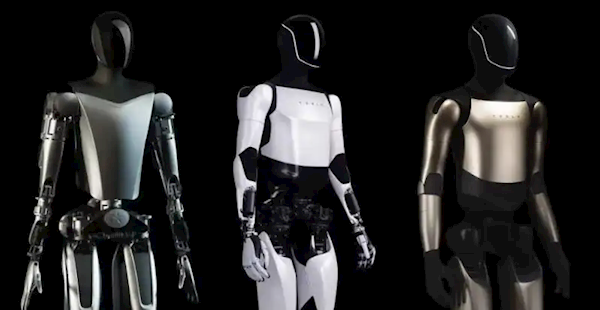
One of the biggest technical hurdles in Optimus’s development lies in its hands and forearms. Musk praised the human hand as “one of the most incredible structures in the body,” noting its complexity. “The more you study it, the more you realize how sophisticated it is—why four fingers and a thumb? Why specific ranges of motion for each finger? Why varying muscle strengths and finger lengths? There are evolutionary reasons for all these features.” He explained that replicating this precision is particularly difficult because, like in humans, the “muscles” controlling hand movements are primarily located in the forearm. “From a mechatronics perspective, Optimus’s arm system is more challenging than any other part of the robot,” Musk said.
As Optimus continues to gain public attention, Tesla’s decision to showcase it in the heart of New York City is likely to intensify interest in its progress.


